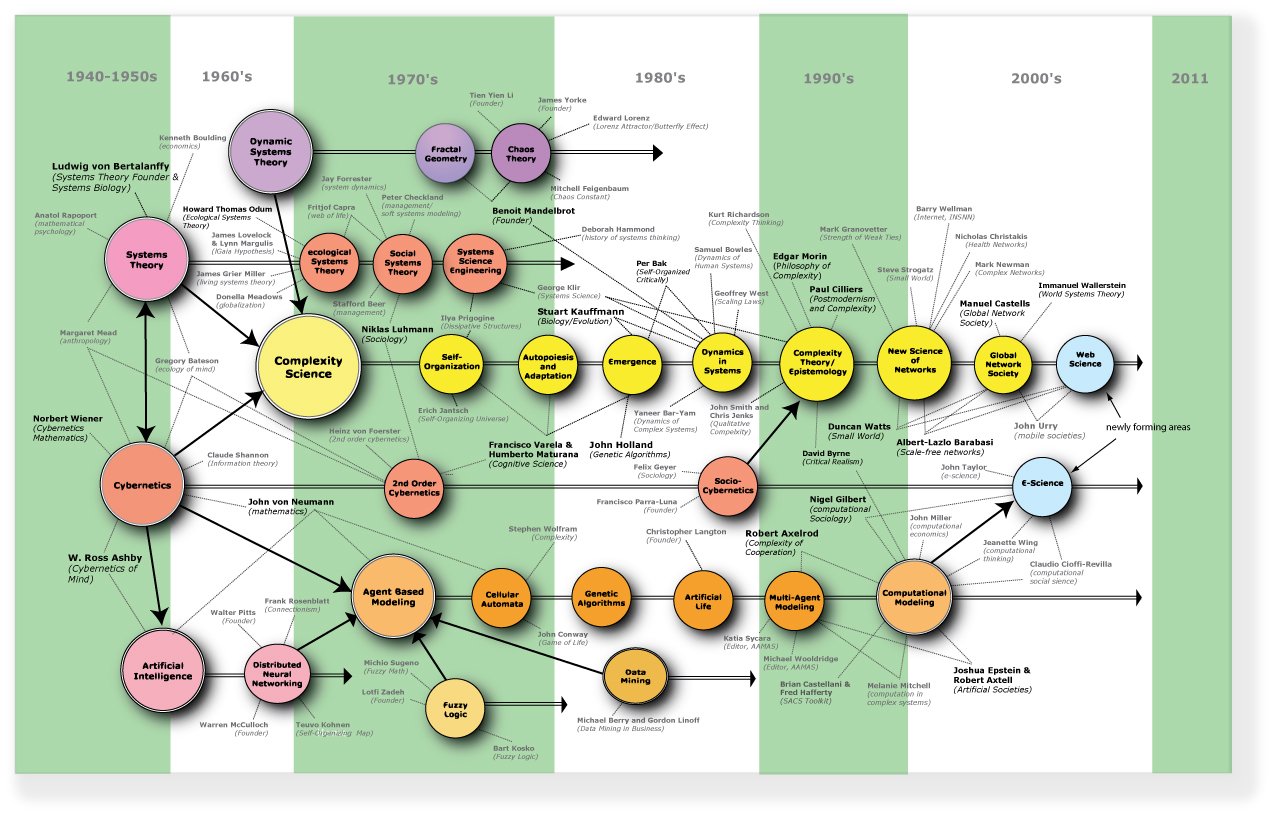Dancing effortlessly on their hind legs, jumping through hoops of fire, and flipping mid-air like world-class gymnasts – dogs have, time and again, amazed us with their remarkable ability to learn and perform an array of tricks. While we all love to witness these extraordinary feats, have you ever wondered how these furry performers acquire such extraordinary skills? Enter the realm of advanced dog training, where an intricate technique known as “chaining” reigns supreme. This captivating approach not only takes canine talent to new heights but also unlocks the mesmerizing potential hidden within each four-legged artist. Join us on a journey into the realm of advanced dog training as we unravel the artistry behind the practice of chaining tricks.
Table of Contents
- Setting the Foundation for Chaining Tricks
- Utilizing Shaping Techniques to Link Commands
- Adding Complexity: Introducing New Behaviors to the Chain
- Perfecting the Chain: Consistency and Refinement in Training
- Mastering Advanced Dog Training: Enhancing Fluency and Speed
- Q&A
- In Summary

Setting the Foundation for Chaining Tricks
When it comes to mastering tricks, setting a strong foundation is crucial. Chaining tricks together can elevate your performance to a whole new level and create a mesmerizing sequence that will leave your audience in awe. In this section, we will dive into the key elements that will help you build a solid groundwork for chaining tricks.
1. Master the Basics:
Before attempting to chain tricks, it is essential to have a strong command over the basic tricks in your repertoire. Nail each trick individually, paying attention to the smallest details – the angle of your hands, the timing, and the execution. Practice until the basic tricks become second nature to you. Remember, a strong foundation is built on a solid understanding of the fundamentals.
2. Transition Techniques:
Transitioning smoothly between tricks is what brings the magic to chaining. Practice various transition techniques to make your trick sequence flow seamlessly. Experiment with techniques like false transfers, misdirection, and sleight of hand. These techniques will assist you in connecting different tricks and creating an unbroken chain of illusions.
3. Timing and Rhythm:
Timing and rhythm play a significant role in chaining tricks effectively. Pay attention to the tempo of your performance and ensure that each trick flows smoothly into the next. Consider the build-up and climax of your routine, creating anticipation and suspense for your audience. Remember, the timing needs to be impeccable to keep your audience engaged and captivated throughout your performance.
By setting a strong foundation through mastering the basics, perfecting transition techniques, and honing your timing and rhythm, you will pave the way for creating breathtaking chains of tricks. With practice and dedication, you will unlock a whole new realm of possibilities, leaving your audience mesmerized by your flawless performances.

Utilizing Shaping Techniques to Link Commands
Shaping techniques offer a powerful toolset to establish seamless connections between commands, enhancing the overall user experience. By implementing these techniques, developers can create intuitive and user-friendly interfaces that guide users through complex tasks effortlessly.
One effective shaping technique is the use of progressive disclosure. This technique involves gradually revealing options or steps to users, reducing cognitive overload and making it easier for them to comprehend and follow instructions. By breaking down complex commands into smaller, more manageable tasks, users can confidently navigate through the interface and achieve their desired outcomes.
Another valuable shaping technique is providing context-sensitive help. Here, developers can offer relevant tips, explanations, or examples exactly when users need them the most. Whether through tooltips, pop-ups, or documentation links, incorporating contextual support enables users to gather additional information that enriches their understanding and execution of commands.
In addition, incorporating visual cues can significantly enhance the linking of commands. Utilizing icons or other graphical elements not only adds aesthetic appeal but also aids in navigating users through the interface. These visual indicators assist users in recognizing command relationships and intuitively understanding their options.
To summarize, utilizing shaping techniques such as progressive disclosure, context-sensitive help, and visual cues can facilitate smooth command linking. By implementing these techniques, developers can ensure that their interfaces empower users to effortlessly navigate and interact with the software, resulting in a more satisfying user experience.
Adding Complexity: Introducing New Behaviors to the Chain
When it comes to blockchain technology, the possibilities for innovation are endless. Adding complexity to the chain allows for the introduction of new behaviors that further enhance its functionality. By integrating novel behaviors, developers can create a more robust and versatile blockchain ecosystem.
One way to introduce new behaviors is through the implementation of smart contracts. These self-executing contracts contain predefined rules and conditions, enabling automated transactions without the need for intermediaries. With smart contracts, multiple parties can engage in complex transactions, such as multi-signature approvals or conditional transfers, effectively expanding the capabilities of the blockchain.
In addition to smart contracts, the introduction of decentralized applications (dApps) adds another layer of complexity to the chain. These applications run on the blockchain network, providing users with various services while leveraging the security and transparency offered by the technology. dApps can cover a wide range of industries, including finance, supply chain management, healthcare, and more, offering new ways for businesses and individuals to interact and transact securely.
Overall, adding complexity and introducing new behaviors to the blockchain opens up a world of possibilities. With smart contracts and decentralized applications, the potential for innovation and disruption across industries is immense. The blockchain continues to evolve, revolutionizing the way we conduct business and interact with technology.
Perfecting the Chain: Consistency and Refinement in Training
In the quest for excellence, consistency and refinement are the cornerstones of effective training. Whether it’s in the realm of sports, academics, or any other discipline, achieving mastery requires a deliberate and unwavering focus on the key elements that make up the chain of success.
Consistency, like a well-oiled machine, ensures that every link in the chain is strengthened and polished. It is the daily commitment to showing up, putting in the effort, and striving for improvement. By adhering to a consistent training routine, individuals create a solid foundation for growth and progress.
Refinement, on the other hand, is the art of honing and perfecting each link in the chain. It’s the attention to detail, the willingness to analyze and adjust, and the constant pursuit of excellence. Through refinement, the weaknesses are identified and transformed into strengths, turning the ordinary into the extraordinary.
- Consistency breeds discipline, resilience, and determination.
- Refinement unleashes creativity, precision, and innovation.
In the world of training, perfecting the chain requires a delicate balance between consistency and refinement. It’s about embracing the daily grind while constantly pushing the boundaries of what is possible. So, let us not overlook the importance of these two vital ingredients on our journey towards greatness.
Mastering Advanced Dog Training: Enhancing Fluency and Speed
When it comes to advanced dog training, fluency and speed are two essential factors that can take your training sessions to the next level. Fluency refers to the dog’s ability to perform commands quickly and accurately, while speed refers to the time it takes for the dog to respond to these commands. In this section, we will explore some effective techniques and strategies to help you enhance both fluency and speed in your dog’s training.
1. Consistent Reinforcement: Consistency is key when it comes to reinforcing the desired behaviors in your dog. Make sure you reward your dog promptly and consistently each time they respond correctly to a command. This will help reinforce the behavior and encourage them to respond more quickly in the future.
2. Progressive Challenge: As your dog becomes more proficient in their training, it’s important to gradually increase the difficulty level. Start by introducing distractions in a controlled environment and gradually progress to more challenging situations. This will help improve their fluency and speed, as they learn to focus on your commands despite various distractions.
3. Shaping Exercises: Shaping exercises involve breaking down complex behaviors into smaller, manageable steps. By using shaping techniques, you can gradually shape your dog’s behavior towards the desired end goal. This not only helps improve their fluency but also enhances their problem-solving abilities, making them more responsive and quick to learn new commands.
In conclusion, mastering advanced dog training requires enhancing both fluency and speed. By providing consistent reinforcement, gradually increasing the difficulty level, and incorporating shaping exercises, you can help your dog become fluent in their responses and quick to act on your commands. Remember, patience and persistence are key to achieving success in advanced dog training.
Q&A
Q: What is “chaining” in dog training?
A: “Chaining” in dog training refers to the process of teaching a dog to perform a series of tricks or commands in a specific sequence or order. It involves connecting individual behaviors together to create a longer, more complex routine.
Q: Why is chaining tricks beneficial for dogs?
A: Chaining tricks allows dogs to engage in mental stimulation and problem-solving, enhancing their overall cognitive abilities. Additionally, it helps improve their focus, impulse control, and obedience while providing a fun and challenging activity for both the dog and the owner.
Q: How do I start training my dog to chain tricks?
A: Begin by teaching your dog each trick individually, making sure they have a strong understanding and can perform them reliably. Once your dog has mastered the individual behaviors, gradually introduce the concept of chaining by incorporating one trick after another, rewarding them for correct execution.
Q: What is the importance of using positive reinforcement in training?
A: Positive reinforcement, such as treats, praise, and play, is crucial in training dogs. It helps establish a positive association with the desired behavior and encourages dogs to repeat it. Avoid punishment or negative training methods, as they can be detrimental to the dog’s learning experience and overall well-being.
Q: How can I maintain my dog’s motivation during training sessions?
A: Keeping training sessions short and focused, using high-value rewards, and incorporating play and enthusiasm can help maintain your dog’s motivation. Varying the training environment and adding new challenges also helps prevent boredom and keeps the training engaging for your furry companion.
Q: Is it possible to chain tricks with any dog breed?
A: Yes, dogs of all breeds and sizes can be taught to chain tricks. However, it is important to consider their physical abilities, temperament, and level of training experience when selecting and sequencing the tricks. Adapt the difficulty of the tricks to suit your dog’s capabilities.
Q: How long does it typically take for a dog to learn to chain tricks?
A: The time it takes for a dog to learn chaining tricks can vary depending on the individual dog, their previous training experience, and the complexity of the tricks. Consistency, patience, and regular practice are key. Some dogs may quickly grasp the concept, while others may require more time and repetition.
Q: Can chaining tricks be used as a form of mental enrichment for senior dogs?
A: Absolutely! Chaining tricks can be a wonderful way to mentally stimulate senior dogs, keeping their minds sharp and active. However, ensure the tricks are within their physical capabilities and be mindful of any health issues or limitations they may have.
Q: Can I use chaining tricks as a part of my dog’s daily exercise routine?
A: While chaining tricks primarily focuses on mental stimulation, it can also serve as an additional form of exercise for your dog. Incorporating physical movements and incorporating tricks that require some physical exertion can help meet their exercise needs while having fun. Remember to consider your dog’s individual exercise requirements and consult a veterinarian if necessary.
In Summary
As our journey through the captivating world of advanced dog training comes to an end, we pause to reflect on the artistry found within the skill of “chaining” tricks. Like a mesmerizing dance, connecting one trick to another creates a seamless performance that leaves both humans and canines utterly enchanted.
Throughout this article, we delved deep into the intricacies of this captivating technique, uncovering the secrets behind its success. We explored how the careful orchestration of commands, reward systems, and timing can transform a simple repertoire of tricks into a dazzling spectacle. From playful spins to gravity-defying leaps, the possibilities within the realm of chaining are as boundless as a dog’s enthusiasm.
We have witnessed the tireless dedication of trainers, tirelessly sculpting their canine companions into formidable masters of trickery. Their unwavering patience and unwavering belief in their four-legged partners have paved the way for astounding advancements. Together, they have turned training sessions into awe-inspiring collaborations, as dogs and humans harmonize their movements and energies, creating an extraordinary bond all their own.
Let us not forget the remarkable intelligence and adaptability of our furry friends. Their willingness to learn, coupled with their innate desire to please, is what allows them to unravel the complexities of chaining with remarkable ease. From obedient puppies to seasoned veterans, every dog possesses the potential to become a maestro of tricks, their dazzling performances forever etching smiles on countless faces.
As we bid farewell to this captivating chapter of advanced dog training, we leave with newfound admiration for the art of “chaining” tricks. It is a testament to the extraordinary creativity and intelligence that exists within the canine world and a tribute to the profound connection shared between humans and their faithful companions.
So, dear readers, may you embark on your own journey of discovery and enlightenment, seeking the beauty and joy that lies within the art of ”chaining” tricks. As you explore the infinite possibilities, may both you and your loyal furry companions experience the remarkable bond that only the world of advanced dog training can provide.
Farewell, for now, and may your next training session be filled with wonder, laughter, and an abundance of tails happily wagging.
As an affiliate, my content may feature links to products I personally use and recommend. By taking action, like subscribing or making a purchase, you’ll be supporting my work and fueling my taco cravings at the same time. Win-win, right?
Want to read more? Check out our Affiliate Disclosure page.